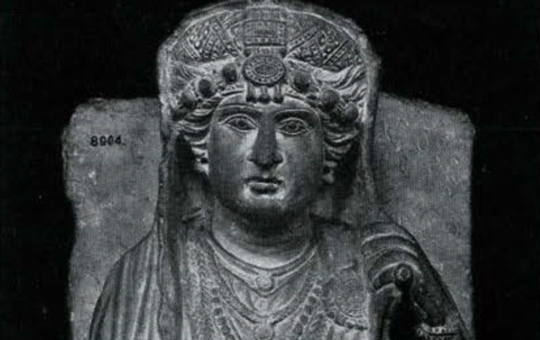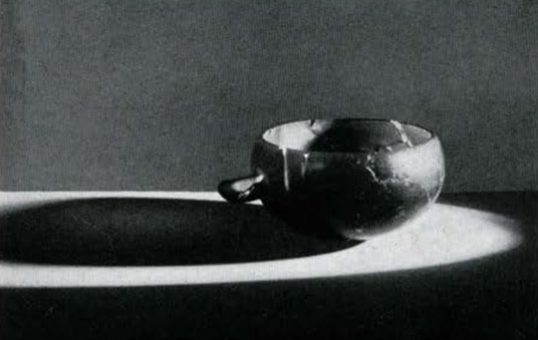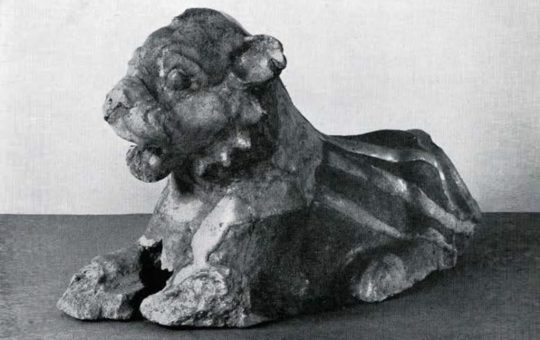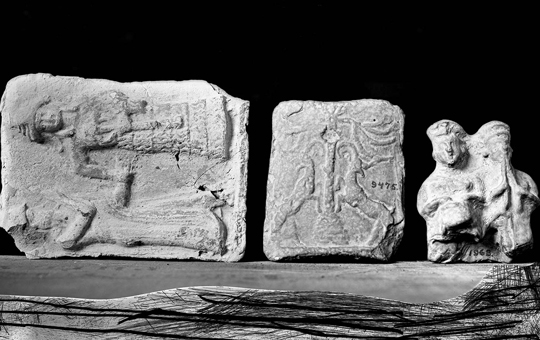Near East Section

Vol. XI / No. 4
By: L. L.
Horseback Riding in Mesopotamia in the Third Millennium B.C.
HORSEBACK riding in Southern Mesopotamia in the Third Millennium was not a sport for either gods, kings, or men, because […]
View Article
Vol. XI / No. 3
By: H. A. Weischhoff
III. Types of Money: Primitive Money
In enumerating the most important types of money which have had validity among primitive peoples, the following arrangement has been […]
View Article
Vol. X / No. 3-4
By: Leon Legrain
The Sabaean Collection: The Babylonian Collections of the University Museum
The land of Saba forms the southwest corner of Arabia on the Red Sea. There reigned long before Muhammed and […]
View Article
Vol. X / No. 3-4
By: Leon Legrain
The Luristan Bronzes: The Babylonian Collections of the University Museum
On the border of Mesopotamia, Luristan is the highland of Persia, between Hamadan and “Shushan the Palace,” on both banks […]
View Article
Vol. X / No. 3-4
By: Leon Legrain
Palmyra: The Babylonian Collections of the University Museum
Small collections of antiquities from countries bordering on Mesopotamia have been acquired by purchase by the University Museum and are […]
View Article
Vol. X / No. 3-4
By: Leon Legrain
Tepe Gawra and Tell Billa: The Babylonian Collections of the University Museum
The artificial mound of Tepe Gawra, fifteen miles east from Mosul, two miles from Khorsabad, covers a much older settlement. […]
View Article
Vol. X / No. 3-4
By: Leon Legrain
Nuzi: The Babylonian Collections of the University Museum
In the last decades, excavations in northern Mesopotamia, in the plains east of the Tigris, which were to be the […]
View Article
Vol. X / No. 3-4
By: Leon Legrain
The Nippur Seal and Terracotta Collections: The Babylonian Collections of the University Museum
Seals and terracottas are eminently characteristic of the Mesopotamian culture. They are found in all the levels and in all […]
View Article
Vol. X / No. 3-4
By: Leon Legrain
The Sassanians and the Arabs: The Babylonian Collections of the University Museum
In 226 A.D. another Persian dynasty, the Sassanian, succeeded the Parthian. Ctesiphon became the winter residence. From that epoch dates […]
View Article
Vol. X / No. 3-4
By: Leon Legrain
The Parthian Period: The Babylonian Collections of the University Museum
Large constructions of that period, like the fortress built on the top of the Ziggurat and a Parthian palace, called […]
View Article
